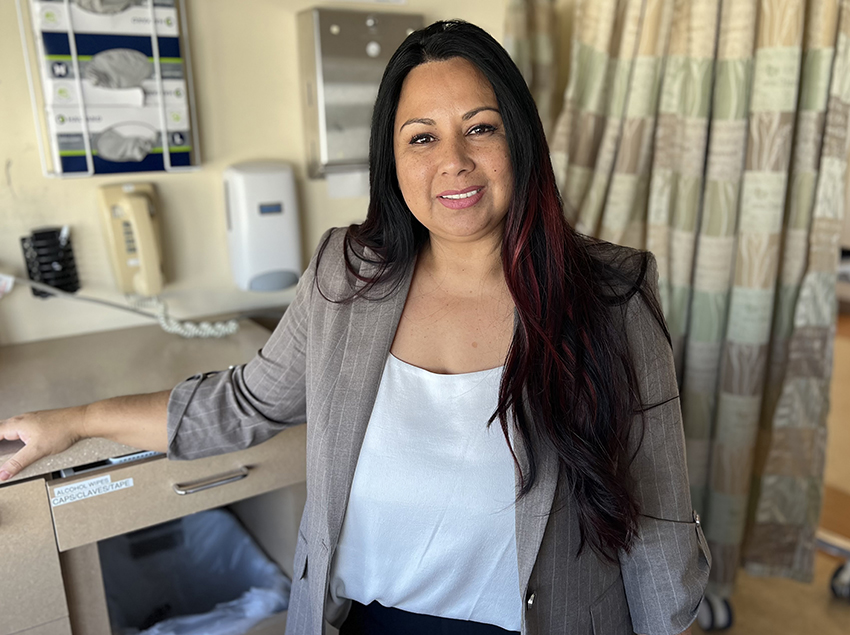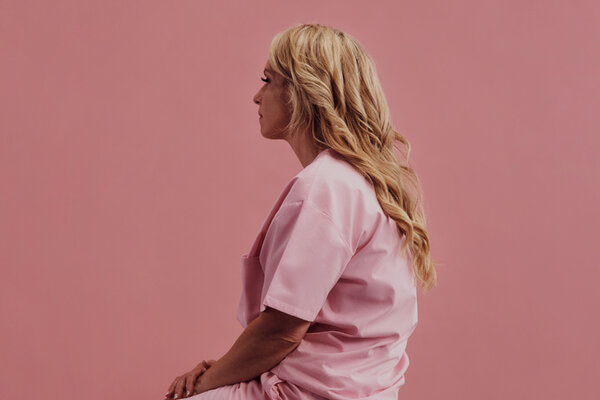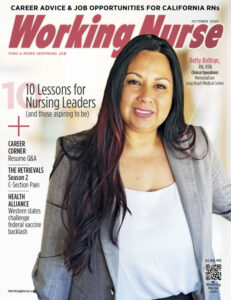Feature
But Why? How We Can Restore the Spirit of Inquiry in Nursing
Curiosity is an important part of our clinical edge

A decade ago, I was a bright-eyed nursing student in my Issues in Nursing class, talking about working across generations, from seasoned nurses who trained with dinosaurs to brand-new grads who’ve never charted on paper. It all felt very theoretical at the time. Flash forward a decade, and now I’m the experienced nurse in the room.
Thinking about that has led me to recognize something that genuinely concerns me. I’ve come to realize that we’re losing something essential to nursing (and I’m not just talking about our lumbar discs!): curiosity.
Curiosity is vital for nurses, especially in acute care — that instinctive need to ask why, and to dig deeper when something just doesn’t add up. Yet, I’ve seen that spirit of inquiry eroding, and with it, an important part of our clinical edge.
A Changing Culture
Let’s face it, the nursing profession has changed, not always for the better. We live in a checklist culture now. Everything has a metric, an algorithm, and a timer. We are drowning in boxes to check and clocks to beat.
When I started as a new grad on the night shift, it wasn’t uncommon to sit at the nurse’s station for five minutes, catch up with coworkers, and just breathe.
Those days? Long gone. I’m an emergency nurse, and today’s ED feels like a nonstop triage treadmill. There’s greater patient volume, more documentation, and less time, which is leaving less and less room for curiosity.
Why does it matter?
Nursing is full of protocols, pathways, and checklists — which are important, don’t get me wrong — but our profession also relies on nurses’ intuition and critical thinking.
What happens when a patient doesn’t fit the model? Or when everything on the checklist looks fine, but something just feels off? In those situations, a nurse’s determination to ask “Why?” and keep asking “Why?” can make all the difference. That kind of stubborn curiosity may drive people nuts, but in healthcare, it also saves lives.
Yet, I worry that we’re not fostering that curiosity the way we should. We place so much emphasis on tasks that we’re losing the impulse to connect the dots, notice outliers, and keep pushing until we find the right answer.
We’ve gotten so focused on efficient throughput and metrics that it sometimes feels like critical thinking has taken a back seat. No question that newer nurses are smart and adaptable, but too often I see them accepting the first answer without asking, “What else?”
- The checklist says the vitals are stable
- The algorithm says we’ve done the sepsis bundle
- The alert says we’ve documented the fall risk. But, is that enough? Have we stopped to think? Are we curious enough to keep asking questions?
We Do Not Eat Our Young, But We Do Need to Feed Their Minds
I’m not writing this from a rocking chair with a cup of decaf and a grudge against “kids these days.” I’m writing this because I believe in the future of nursing, and I know we can do better, together.
I’m not blaming newer nurses either. They’ve entered a field that’s more intense, more regulated, and more scrutinized than it’s ever been. That means it’s our job as experienced nurses to make room for the kind of learning that doesn’t fit in a checkbox — to encourage it and give permission (and protection) for curiosity.
So, how do we fix it? We must create environments that make it safe — and expected — to keep asking questions, whether someone is a new grad or a veteran.
Practical Fixes for Rebuilding a Culture of Curiosity
Here are five strategies I’ve come up with to help build a nursing environment that fosters creativity.
1. Add a “Clinical Minute” to Huddle
During huddle, bring up a quirky, confusing, or “zebra” case for one minute of quick discussion. For example:
- “Why did that guy with a normal EKG still have a massive MI?”
- “How were we able to catch that spinal epidural abscess before neuro symptoms kicked in?”
Make doing this a habit. It doesn’t need to be daily, but doing it regularly shows people that critical thinking is valued even during a busy schedule. Crowdsourcing topics from the team (“What’s something that took you by surprise this week?”) also helps keep it peer-driven and not lecture-y.
2. Invite Providers for a “Medical Minute”
Once a week, ask a physician, resident, or nurse practitioner to join huddle and drop a short pearl of wisdom about low-frequency, high-risk conditions, such as:
- Aortic dissection in a 20-year-old
- Hyperkalemia-induced bradycardia
- Pediatric DKA with cerebral edema
- Cauda equina masquerading as back pain.
Giving a provider a minute to geek out and explain something interesting to them encourages nurses to exercise their own curiosity.
3. Everyone Has a Niche
Many nurses have a niche, some subject that really gets them going. Give team members a chance to regularly express those interests and share their knowledge. Got a stroke or sepsis expert? Letting them share a quick insight could save a life. Peer-to-peer education is powerful.
4. Destigmatize Questions
Curiosity can’t thrive in fear — questions should be encouraged, not met with eye-rolls. Normalize saying things like:
- “I don’t know, but I want to”
- “That doesn’t seem right — let’s dig deeper”
- “That’s interesting. Can you walk me through your thought process?”
5. Reframe Curiosity as a Clinical Efficiency Tool, Not a Timewaster
Some nurses feel they just don’t have time for curiosity, and may see questions or discussions as just more tasks for an already crowded to-do list. There are a few things you can do to gently shift this perception:
- Make it bite-size: a one-minute insight or pearl of wisdom, not a whole lecture
- Relate it to the floor as much as possible. “This came up last shift” gets more attention than, “Today’s topic is …”
- Acknowledge the tension. Saying, “I know we’re all slammed, but if you give me 60 seconds, it might make your next shift easier,” builds in permission for people who feel impatient and helps take the edge off.
Bridging Generations (Without a Culture War)
Preserving the heart of nursing — curiosity, critical thinking, intuition — will take a culture shift, which doesn’t happen overnight and may be met with some resistance.
Experienced nurses can lead the way by mentoring and modeling, but it’s important for us to not turn it into a case of us-versus-them. We need to recognize and take seriously the pressures newer nurses are under. And, we need to stay curious too, which we means we need to stop saying, “We’ve always done it this way” and instead say, “Here’s why we do it like this. Can you see a better way?”
By doing that, we can bring curiosity back to nursing. We can build units where questions are welcome, where learning isn’t confined to eModules, and where asking “But why?” isn’t annoying — it’s awesome.
TYLER MCCULLOCH, RN, MSN, MICN, is an emergency department nurse and trauma analyst. He serves as the president of the Inland Empire chapter of the Emergency Nurses Association, and is a past president of the California ENA.
In this Article: Career Advice, New Grads






